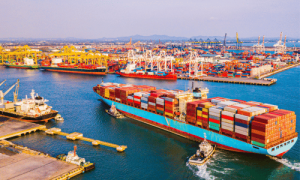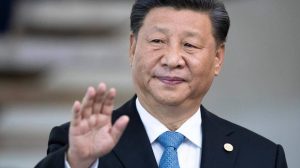International tourism has long been a powerhouse of the Australian economy, alongside energy and resources, and education. With a peak of 9.3 million international visitors in 2018-19, prior to the COVID pandemic, it was a A$45 billion industry, and, with one in twenty people working in the sector, directly employed 5% of Australia’s workforce.1
The global pandemic and the closing of Australia’s international borders caused unprecedented disruption bringing the sector to an (almost two year) standstill. But as Australia now looks to begin gradually reopening the doors to international travel, it is timely to consider how to best prepare local operators and communities for success.
This is particularly pressing for regional Australia where the contribution of tourism to the local economy and job creation is even greater, providing twice the proportion of jobs in comparison to the major cities.2
So, what might this next phase of ‘post-COVID’ travel to our regions look like and how can local operators upskill?
Prior to COVID-19, countries in Asia accounted for 7 out of 10 of Australia’s top tourism markets.3 This growth was in part due to rising household disposable income in Asia and policy changes which contributed to an almost fourfold increase in airline capacity directly between Australia and China, amongst other source countries.4
In the 12 months from July 2018 to June 2019, over 1.4 million Chinese tourists visited Australia contributing about A$12 billion to the Australian economy.5 Australia was also increasingly seeing visitors from Southeast Asia (including Singapore) and India. In 2019, India was Australia’s fastest-growing market for visitor spend and Australia’s seventh largest inbound market for visitor arrivals.
Tourism businesses with the products, services and service culture to cater for Asian visitors will be well positioned for future growth. The case for investing in this now is further strengthened by the opportunities presented by the growing Asian-Australian domestic travel market. For example, according to the Australian Bureau of Statistics, in 2020, over 700,000 people living in Australia were born in India, which has more than doubled in the last 5 years, and over 650,000 born in China.6
Closing the Gaps
Even without the challenges of a pandemic, regional tourism operators faced their own headwinds in attracting the Asian tourist market. Asian travellers have limited visibility of regional tourism destinations and additionally many regions were not ready to meet the demands of international Asian tourists.
Along the Great Ocean Road, tourism operators were underperforming in providing relevant and quality products, services and experiences for Asian travellers. The opportunity to shop, focus on health and wellbeing, experience both new but also familiar cuisine, and find value for money, are all core considerations for this market. There were gaps in marketing and the use of digital tools, and businesses were not yet ready to provide offerings or payment options suited to the needs of visitors from different Asian markets.


















